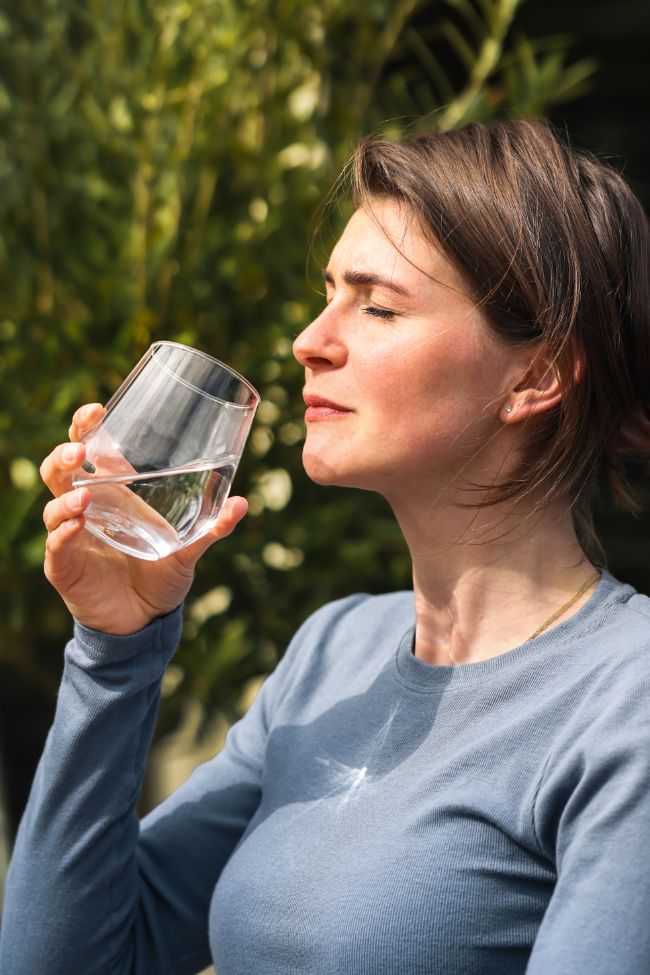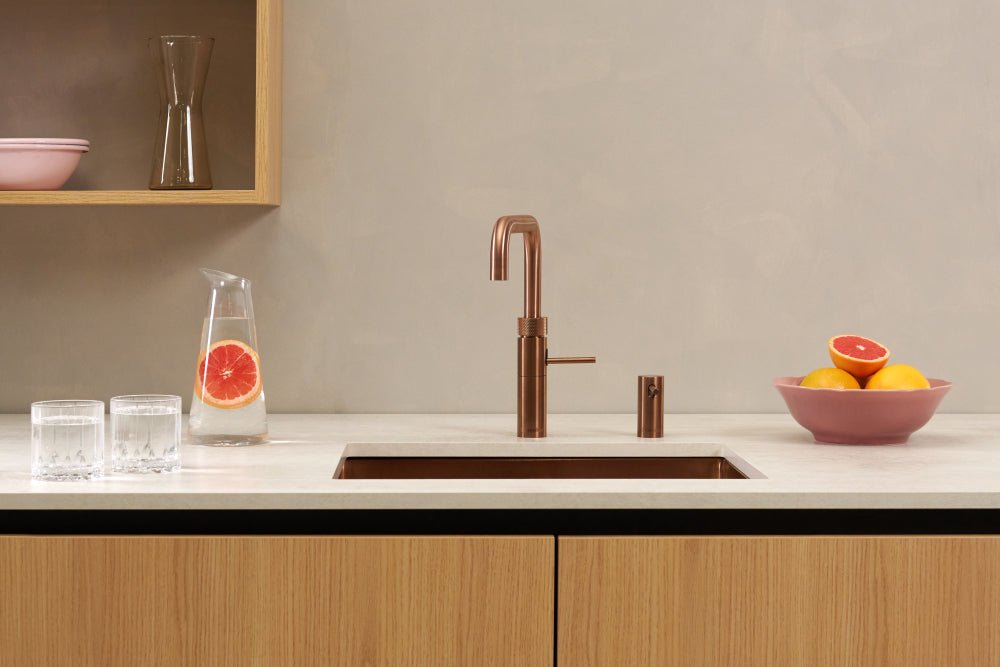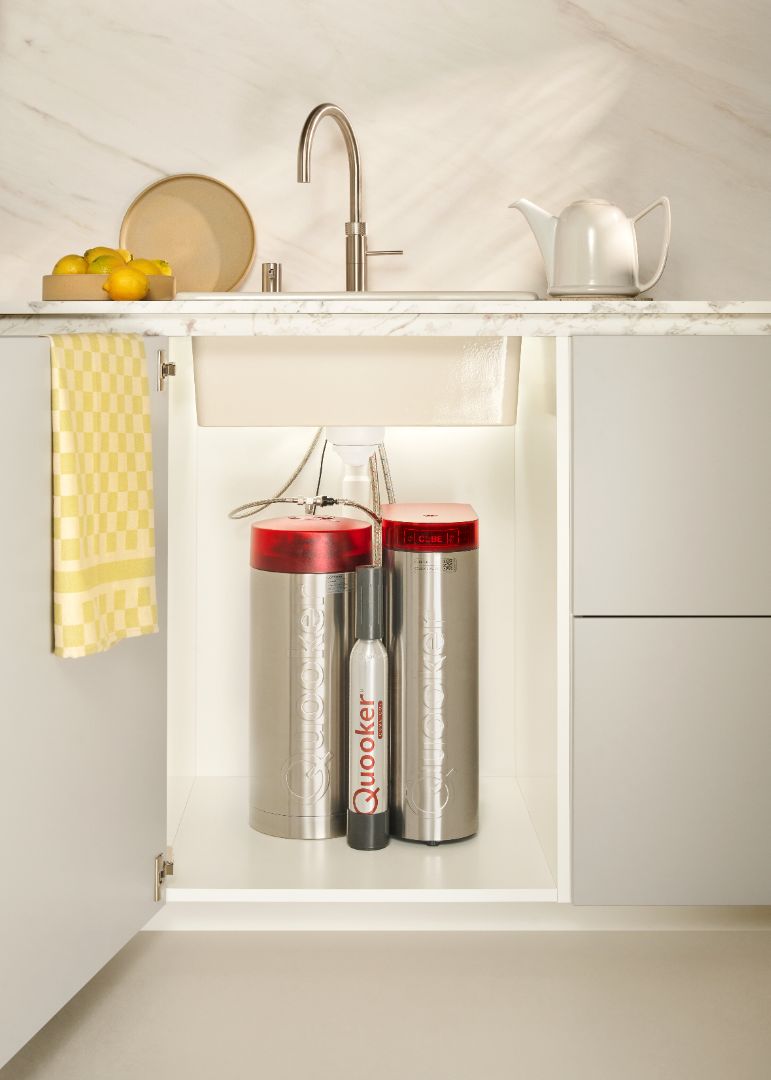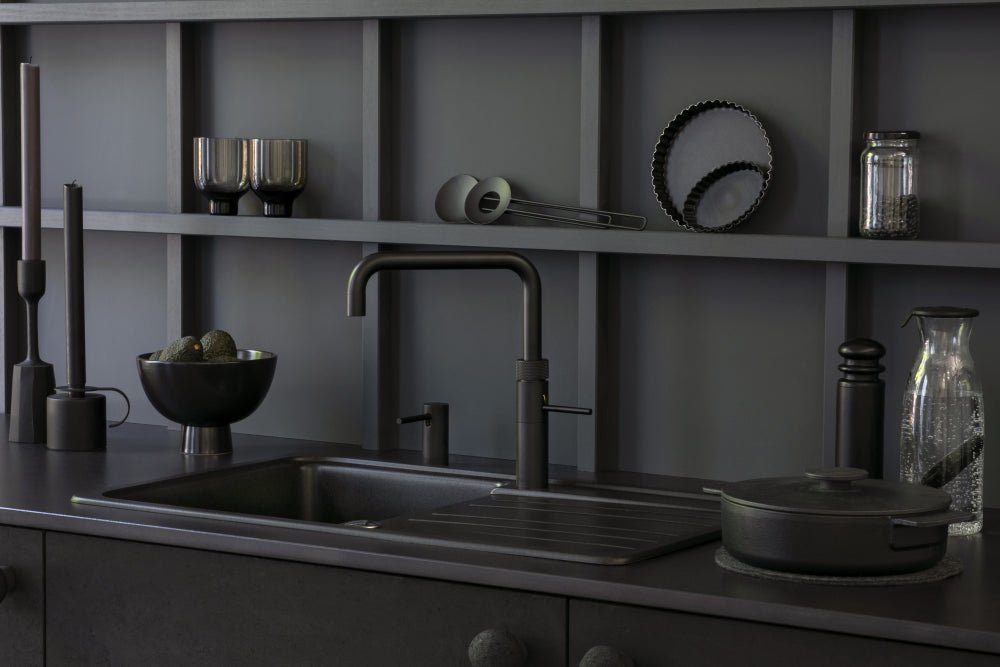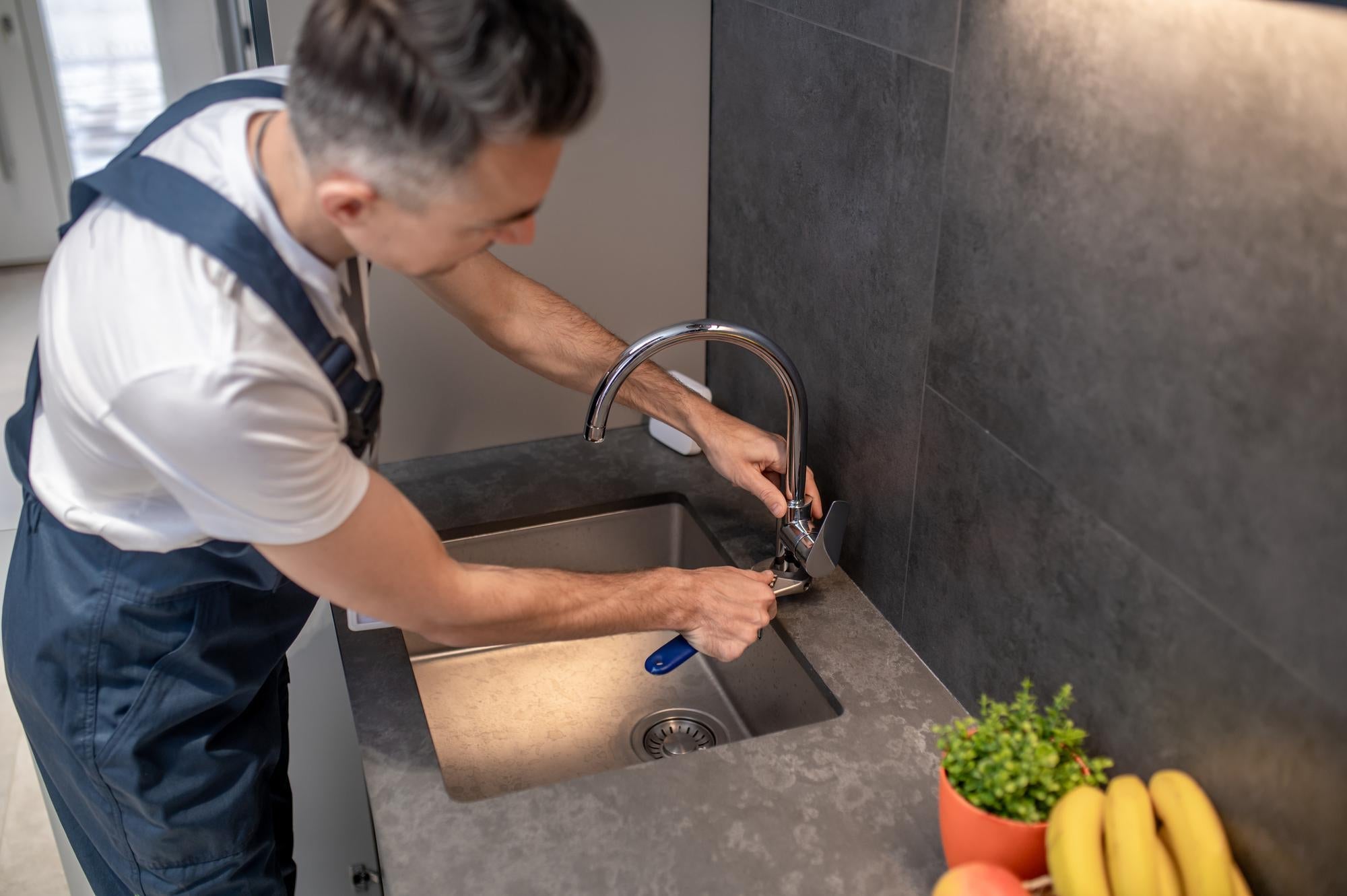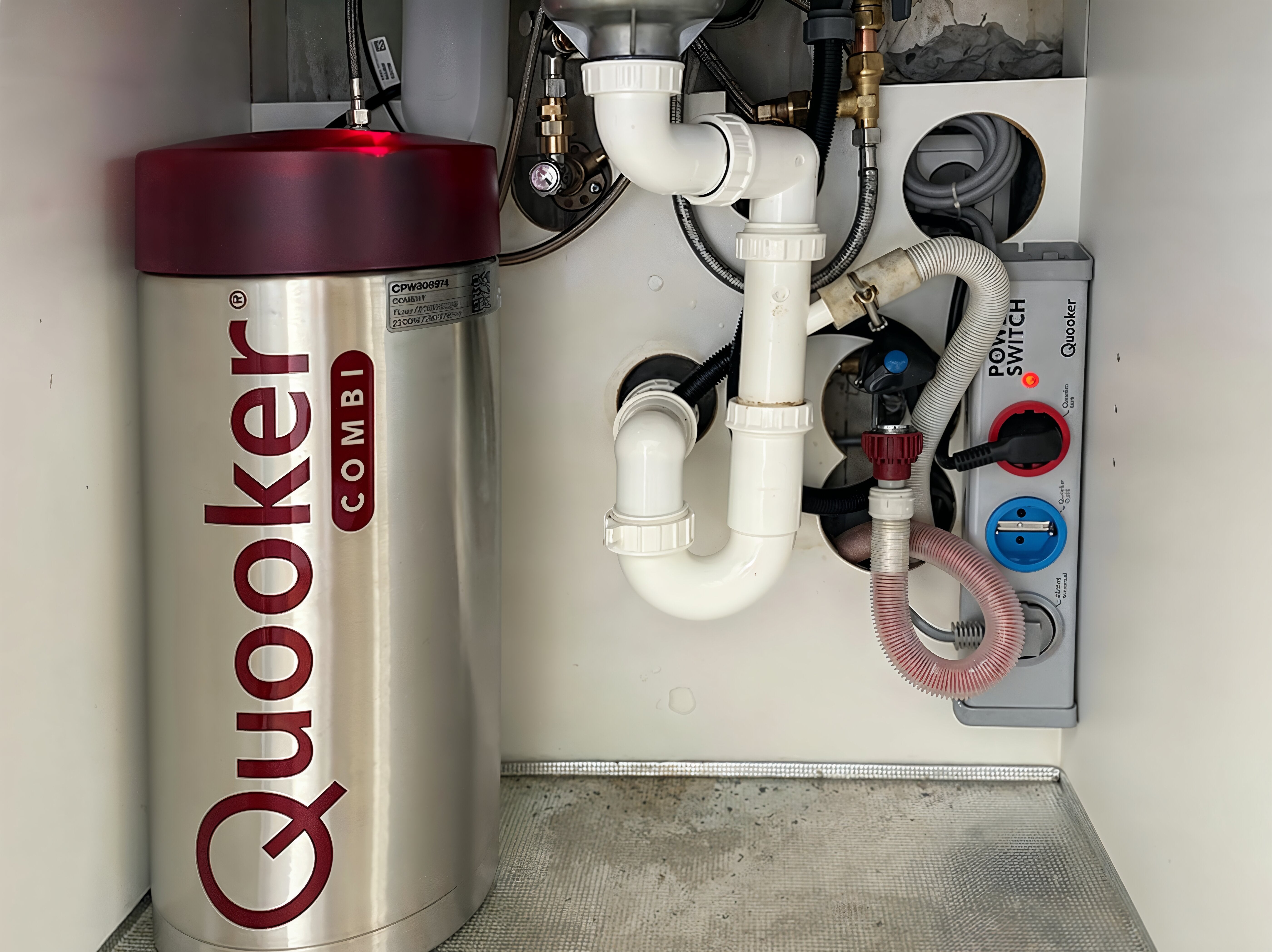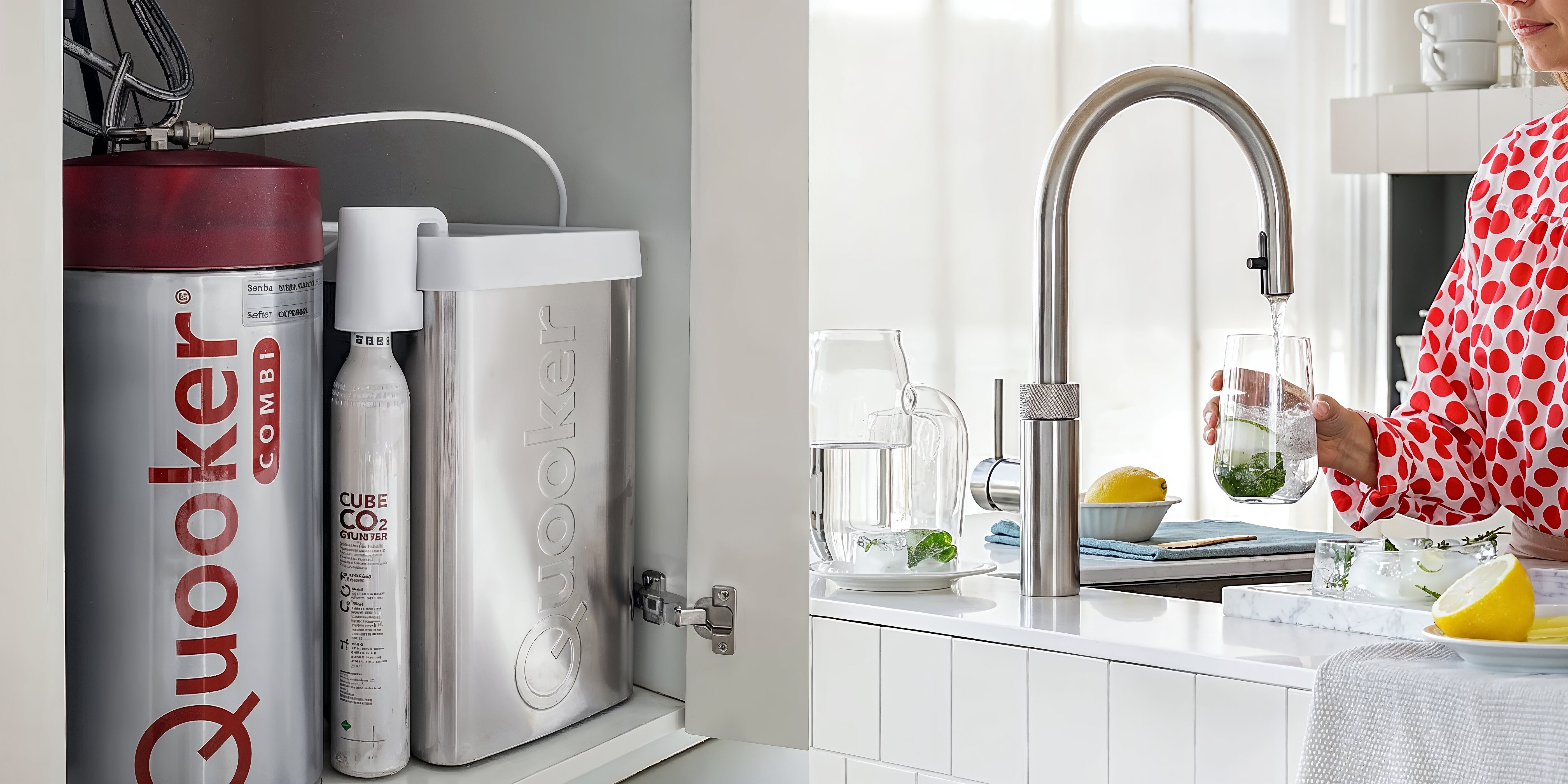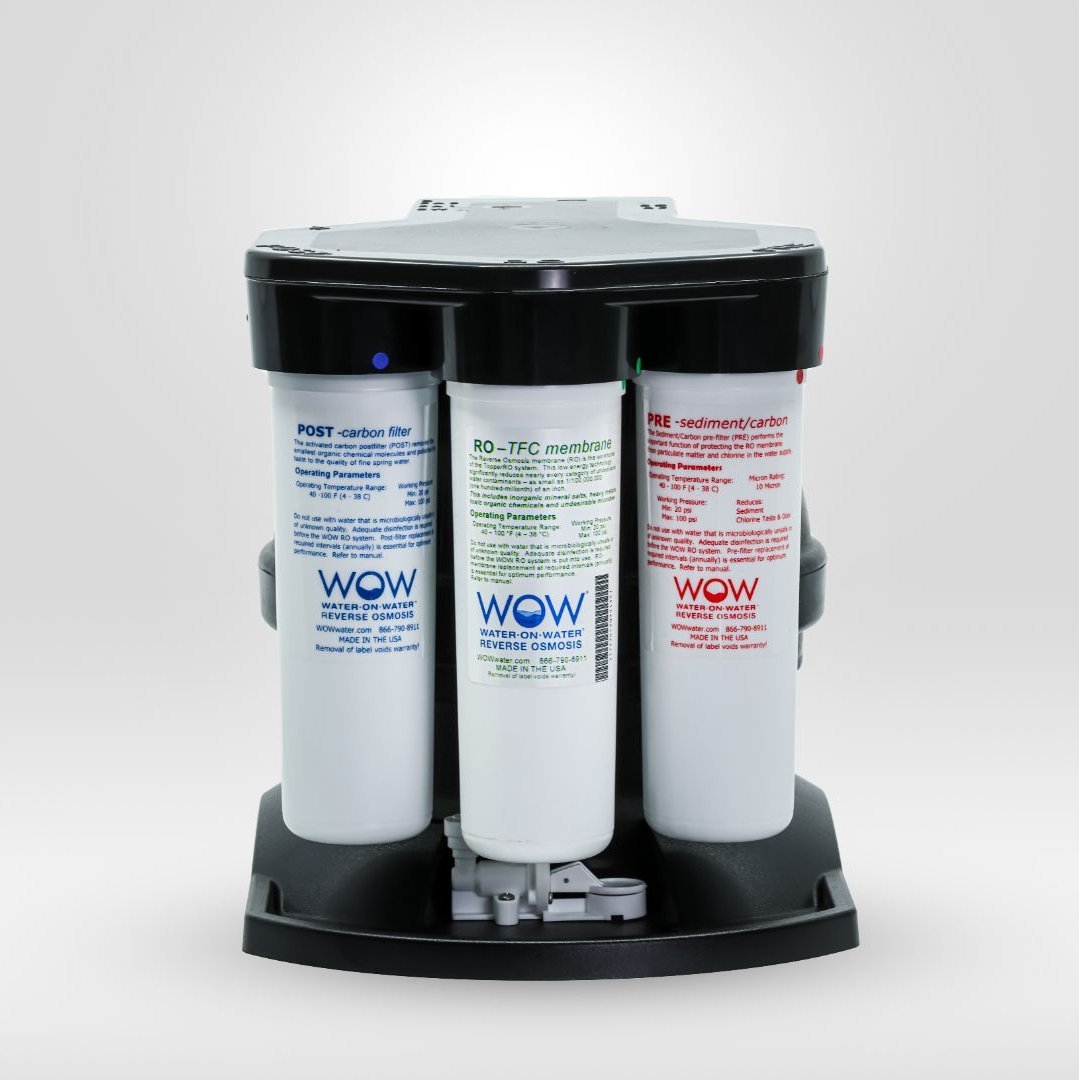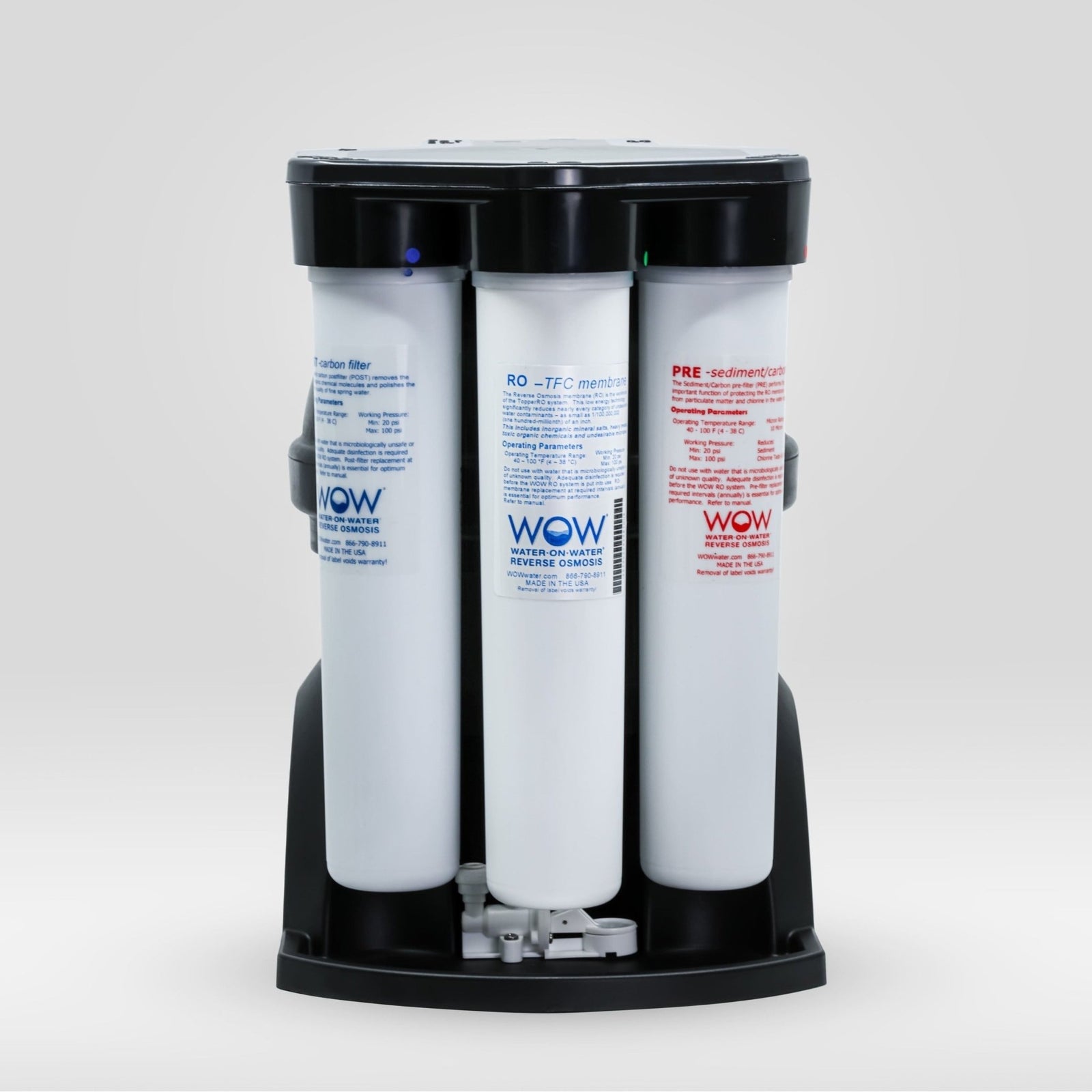What are the consequences of an overloaded filter for your water purifier?
An overloaded filter in your water purification system has an immediately noticeable impact on water quality. Water quality decreases significantly when bacteria in the filter become overloaded. This manifests as cloudy water with an unpleasant odor, indicating that the filter is no longer functioning effectively.
When bacteria overload, ammonia and nitrite levels in the water rise. These substances are harmful and can lead to health problems in fish, especially in aquariums. In drinking water systems like our The Source, this can result in water with reduced purity and a worse taste.
In addition, oxygen deficiency often occurs in the filter itself. The bacteria necessary for a healthy biological balance don't get enough oxygen, reducing their effectiveness. This further exacerbates the problem, as these beneficial bacteria are essential for breaking down harmful substances.
Another telltale sign is an elevated TDS (Total Dissolved Solids) level. When using a TDS meter, you'll notice readings rising above 300 ppm, indicating too many dissolved solids in the water. This is a reliable indicator that your filter needs replacing.
What tests can you perform to measure bacterial overload?
To detect bacterial overload in your filter early, various test methods are available. Water parameter tests are essential for monitoring filter performance. Simple test kits allow you to measure crucial parameters such as ammonia, nitrite, and nitrate.
A TDS meter is a valuable tool for measuring the total dissolved solids in water. With a properly functioning filter like The Source, the TDS value should be significantly lower than that of unfiltered tap water. If this value rises above what's normal for your system, it could indicate an overloaded filter.
The water's pH also provides important information. A sudden drop in pH can indicate increased bacterial activity in the filter. For most water applications, a neutral pH (around 7) is ideal.
To perform these tests, follow these steps:
- Take a water sample immediately after the filter
- Perform the test according to the test kit instructions
- Compare the results with the normal values for your system
- Repeat tests regularly to identify trends
How can you effectively clean an overloaded filter?
Properly cleaning an overloaded filter is crucial to restore its function without completely disrupting the biological balance. Cleaning methods vary by filter type , but maintaining beneficial bacteria is important in all types.
For mechanical filters, such as those in our water filter system , replacing them according to the recommended schedule is often sufficient. When the TDS value rises above 300 ppm, it's advisable to replace the filters more often.
With biological filters, such as those used in aquariums, it's important to clean only a portion of the filter media at a time. Carefully rinse the filter media in drained aquarium water, not tap water, to preserve beneficial bacteria.
For reverse osmosis filters, such as those found in The Source, follow these steps:
- Turn off the water supply
- Carefully remove the old filter
- Install the new filter according to the instructions
- Flush the system before using the water again
The cleaning frequency depends on your water usage and the quality of the incoming water. For normal use, we recommend replacing filters annually, but with heavy use or water containing high levels of contaminants, this may be necessary more often.
What are the best preventive measures against bacterial overload?
Prevention is better than cure, especially when it comes to bacterial overload in filters. Regular maintenance is the foundation of an effective prevention strategy. By adhering to a maintenance schedule, you prevent problems from escalating.
For water filter systems like The Source, it's important to regularly measure the TDS level. You can easily do this with a TDS meter. If you notice the levels rising, it's a sign that your filter needs replacing.
Ensure optimal flow rates through your system. Too high a pressure can damage filters, while too low a flow rate can promote bacterial growth. Our system is designed to function optimally within specific parameters.
Consider seasonal factors. Bacterial growth often increases during warmer periods, which can lead to filters becoming overloaded more quickly. During these periods, it may be necessary to check and maintain them more frequently.
Invest in a well-designed filtration system like The Source, which removes up to 99% of harmful substances and is IAMPO NSF/ANSI 58 certified. A high-quality system not only offers better purification but is also less susceptible to overload.
By regularly checking your water filter and replacing it in time, you will always enjoy optimally purified water and extend the life of your entire water purification system.
